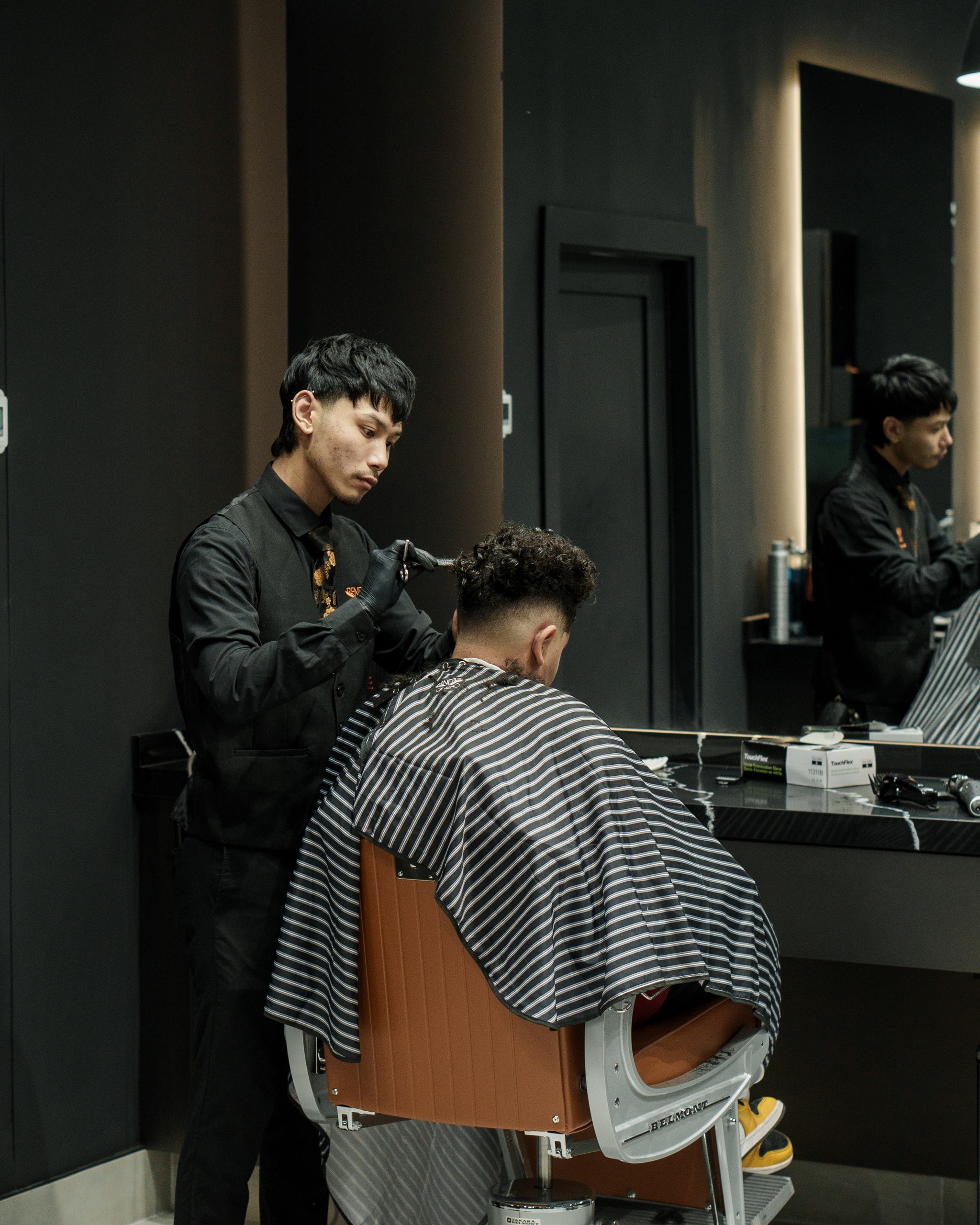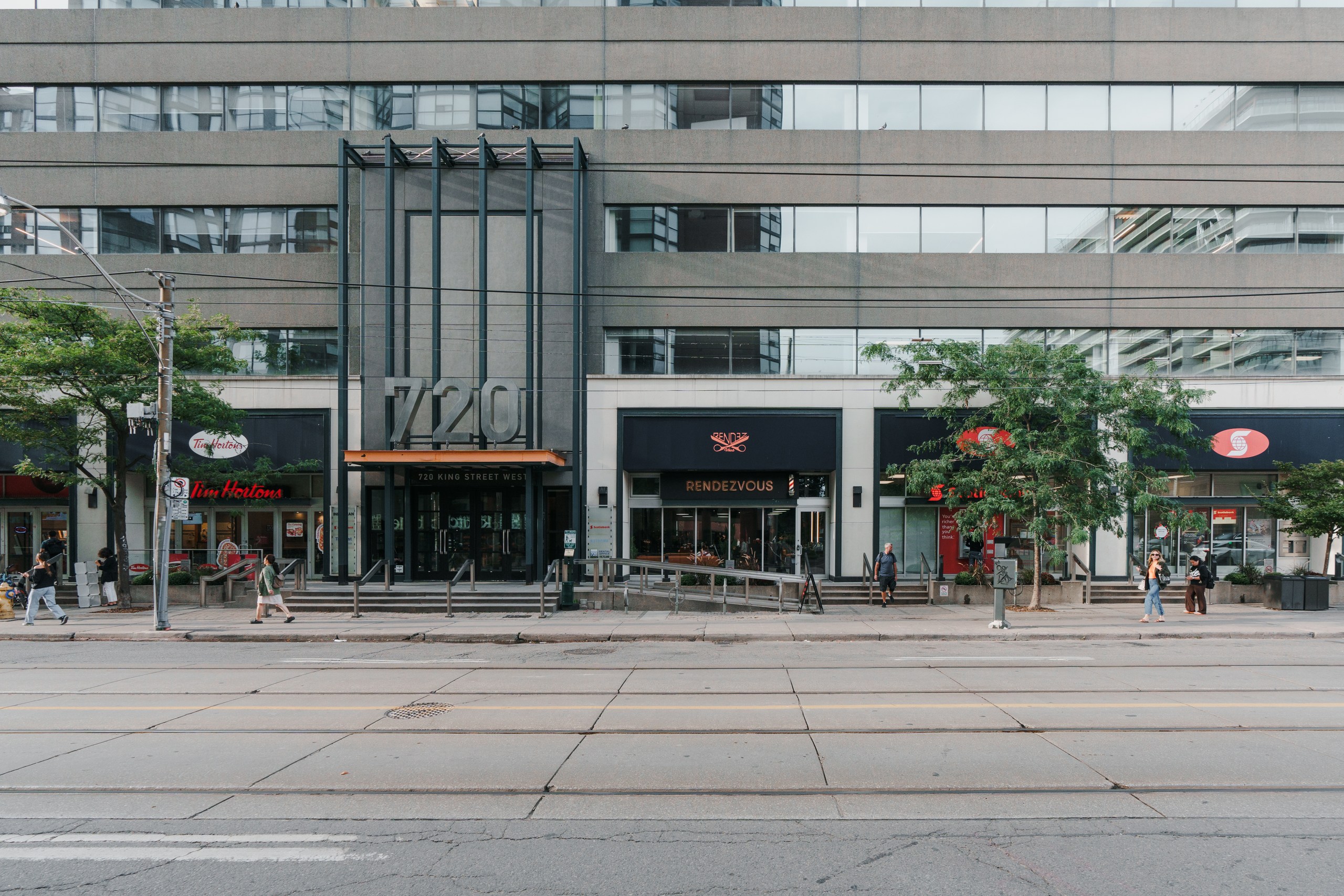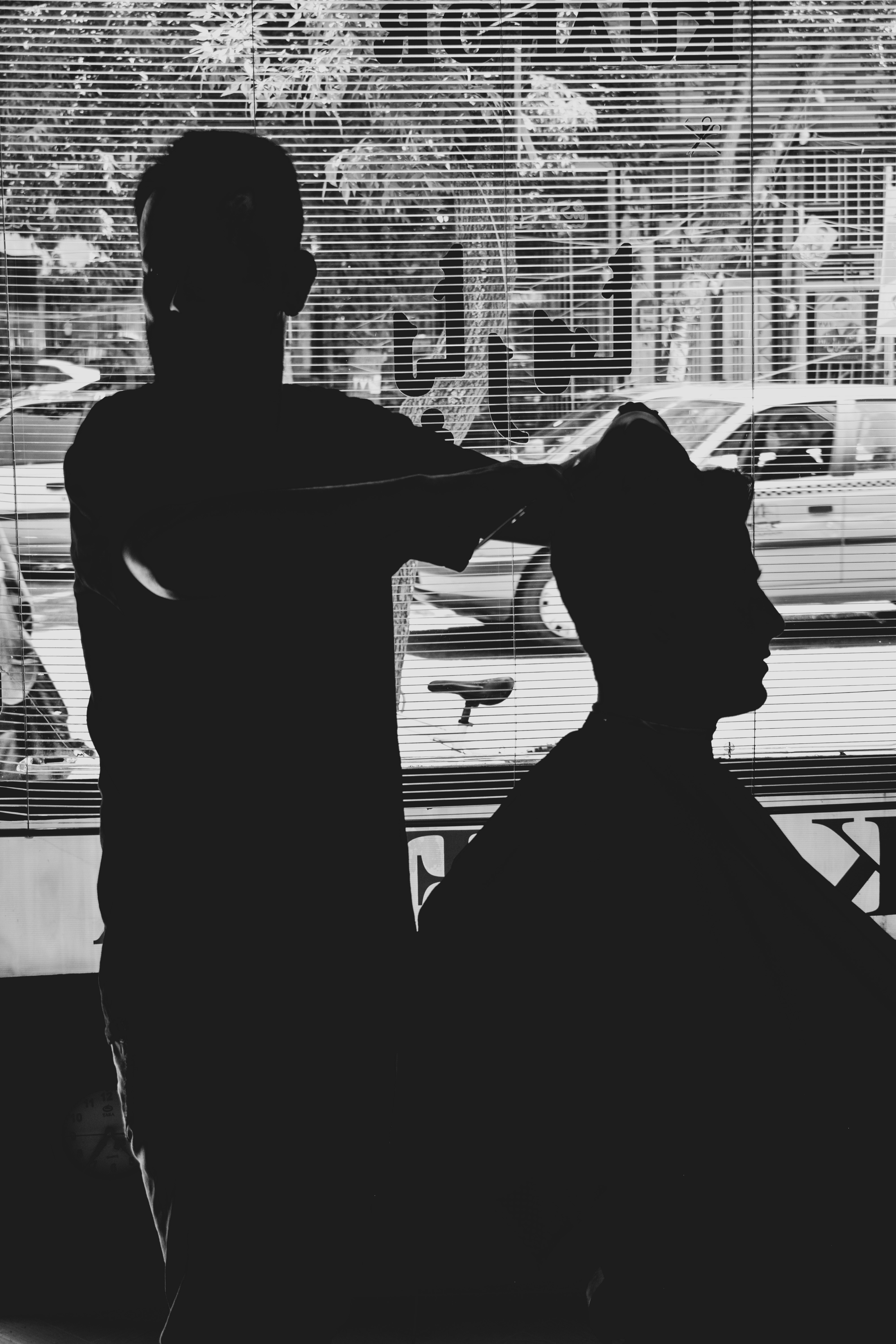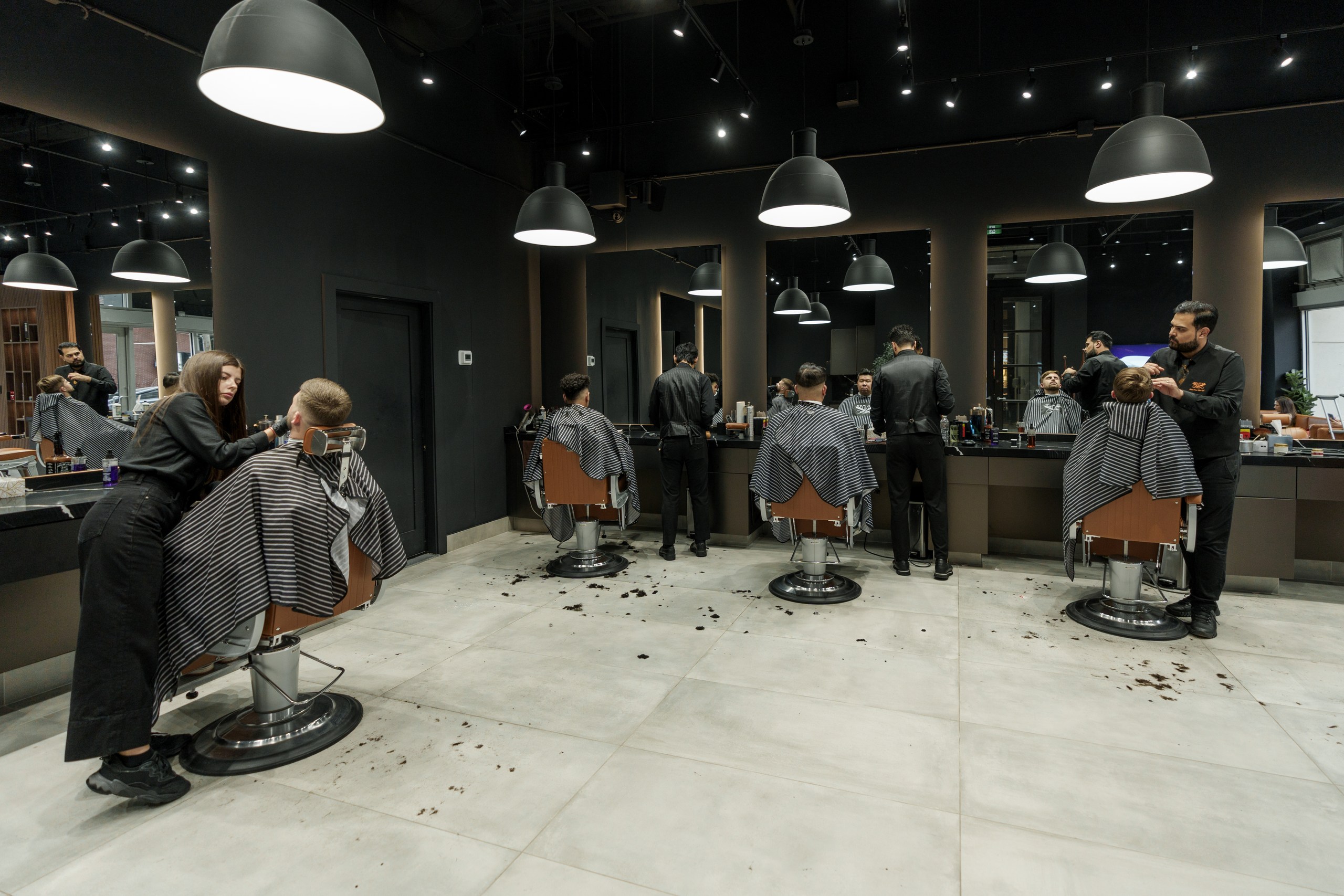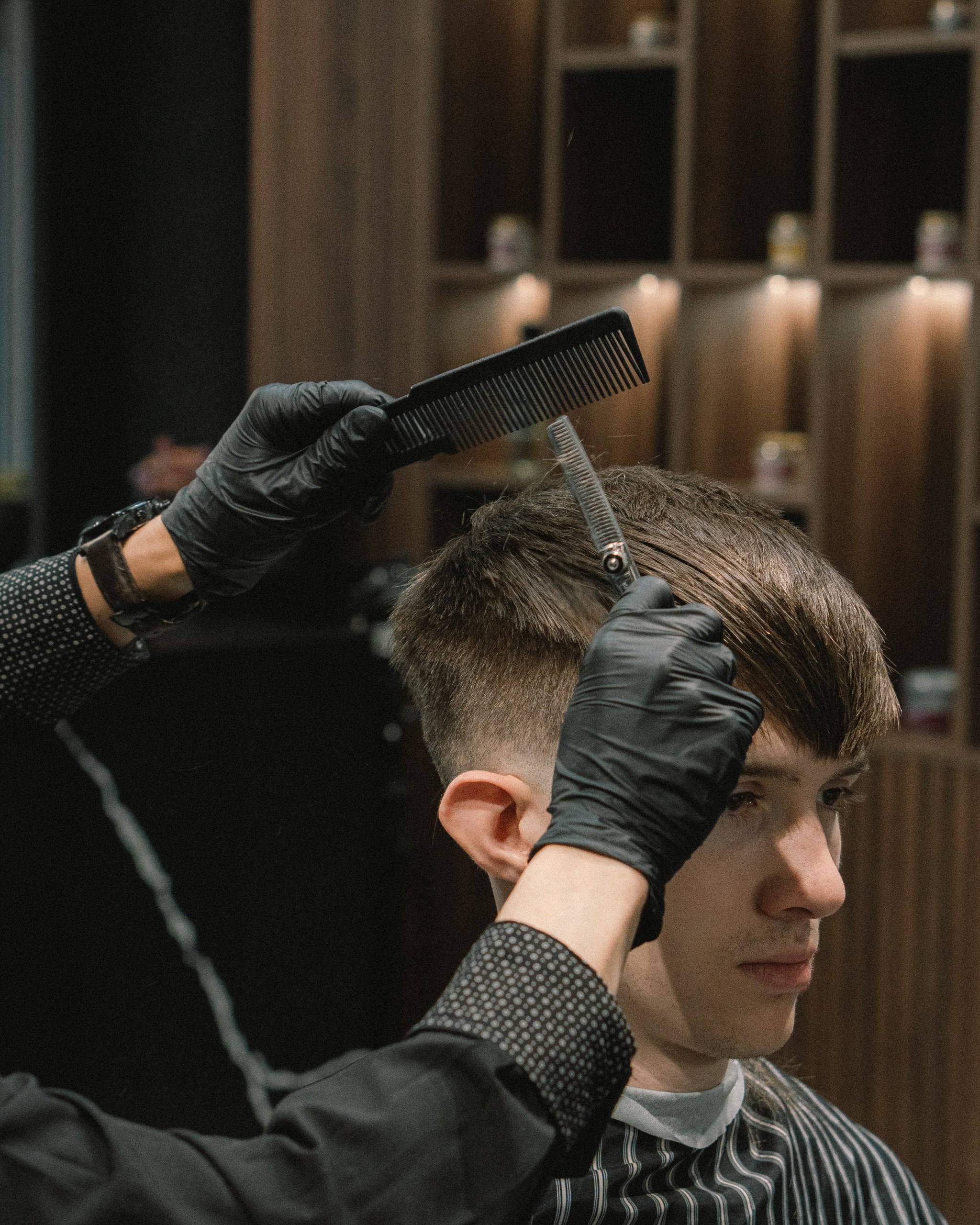Unlike many popular cuts inspired by music and culture, the Buzz cut traces its origins to mandatory haircuts for military and police personnel. Over time, it evolved into a fashionable style, modified and embraced in various ways to convey a sense of rugged masculinity and timeless simplicity.
Origins of the Buzz Cut
While the Buzz cut's origins lie in military traditions, where it was favored for its low maintenance and prevention of lice infestations, it quickly went mainstream, becoming popular for the sense of patriotism and the strong emotions it evoked.
From complementing a formal uniform to being the go-to cut for athletes and music icons all around the world, the Buzz cut peaked in popularity by the late 1900s.
.avif)
In the 1980s and 1990s, the Buzz cut gained further prominence with the rise of Canadian icons like Bryan Adams and Mike Myers, who helped popularize the look. These influential figures made the Buzz cut a widely embraced style across Canada, adding their own distinct touch to the rugged and minimalist haircut.
Cultural Relevance and Reinvention
As Toronto grew into a global cultural hub, the Buzz cut found renewed popularity within the city's diverse communities. What once symbolized conformity in military and law enforcement settings evolved into a powerful medium for personal expression. Subcultures such as punk and hip-hop embraced the Buzz cut, each adding their own unique spin to the style, transforming it into a bold statement of identity.
Introduced to Canadians as a fashionable look by influential national figures and globally recognized personalities, the Buzz cut quickly became a favorite among Toronto's youth. The rise of hip-hop culture, along with international icons like LL Cool J and Tupac Shakur, helped solidify its status, especially within African American and Caribbean communities in the city. The Buzz cut transcended its utilitarian roots, becoming not just a haircut, but a symbol of style, confidence, and cultural pride. It reflected a sense of individuality while resonating deeply with the energy of Toronto’s multicultural scene.

Modern Interpretations and Variations
Today, the Buzz cut is as versatile as the city itself, with variations that reflect the diverse tastes and identities of Torontonians. Some popular adaptations include:
- The Skin Fade Buzz Cut: A modern twist that blends the hair down to the skin at the sides, offering a sharp, clean look that has become a favorite among athletes and celebrities alike.
- The Textured Buzz Cut: Adding texture to the top while keeping the sides short, this variation allows for a bit more playfulness and individuality.
- The Buzz Cut with a Design: Incorporating intricate designs shaved into the sides, this style has become a creative outlet for barbers and a bold statement for wearers.

A Barber’s Standpoint
From a barber’s perspective, the Buzz cut is both a timeless classic haircut and an opportunity to showcase professionalism and immaculate attention to detail.
While it may appear simple, achieving the perfect Buzz cut requires precision and skill tailored to each client. The length must be consistent, the lines sharp, and when designs are incorporated, it demands an entirely new level of expertise and artistry.
At Rendezvous, short, culturally inspired cuts are a specialty. Barbers from diverse backgrounds bring their unique techniques and styles, adding their own spin to the traditional Buzz cut. Whether you’re looking for a classic cut or a more contemporary version with a modern twist, the master barbers at Rendezvous have honed their craft to deliver standout results. It’s not just about cutting hair—it’s about creating a look that reflects each client's personality and lifestyle, making every cut a true expression of individuality.
Conclusion
In a city as dynamic and culturally rich as Toronto, the Buzz cut remains a powerful expression of identity. Whether worn for its simplicity, its connection to cultural heritage, or as a fashion statement, the Buzz cut continues to resonate with people from all walks of life. It’s a reminder that sometimes, the simplest styles can have the most profound impact.


